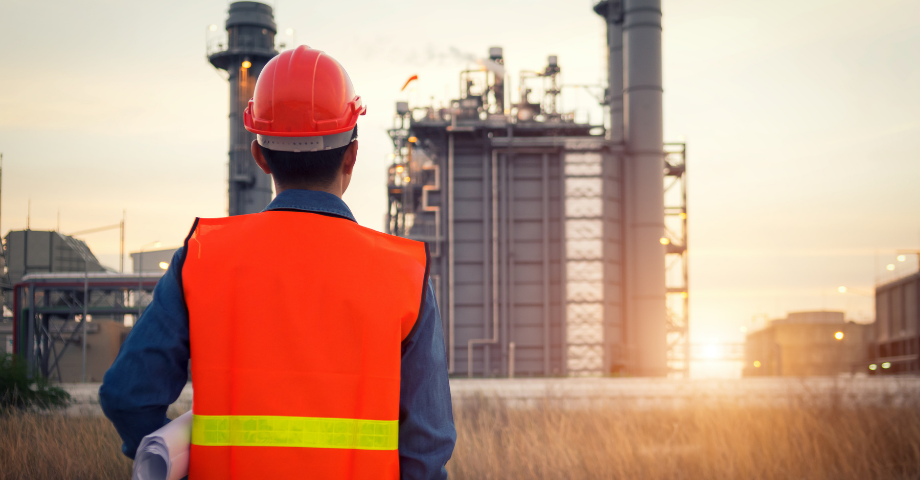
When COVID-19 hit, the whole world jumped online at once to work and socialize, creating a huge surge in demand for data center capacity. Although the pandemic increased the need for data center expansion, it also hampered growth by disrupting the construction supply chain.
But following a brief slowdown in 2020, data center construction is booming once again. In fact, Gartner predicts global spending on data center infrastructure will reach $200 billion in 2021.
As organizations consider the best way forward in their data center construction initiatives, one important factor to consider is what material to use for new data centers.
Traditionally, Telco has relied on concrete for constructing their infrastructure, because it’s rugged and holds up well against even the most severe weather. But today’s data storage needs are changing rapidly, and the restrictive, inflexible nature of concrete construction may no longer be the best choice.
Which is better for modern data center construction: steel or concrete?
When deciding on a building material for new data center construction, there are three main areas to consider: sustainability, usability and deployment.
Sustainability/Ecological Impact
Of the two materials, concrete is less environmentally friendly than steel. Concrete production is responsible for 8 percent of global greenhouse gas emissions and is also a large contributor to local air pollution around production facilities and construction sites.
Concrete isn’t recyclable, so the end-of-life environmental impact of a concrete enclosure is significantly greater than a steel one. This is because a large portion of the concrete waste ends up in a landfill.
Steel building materials can be recycled, reducing the amount of waste and the need to manufacture additional materials. Steel data center enclosures also last longer than concrete enclosures because steel does not warp, shrink or crack, which further cuts down on pollutants and waste disposal.
Although the steel production process does generate some pollution such as volatile organic compounds (VOC’s), in the long run, steel has a much smaller ecological footprint than concrete construction.
Usability & Flexibility
Concrete data center enclosures are tough. They are fire-resistant, can weather hurricanes and other extreme weather events, and are fairly easy to manufacture.
But one thing concrete isn’t, is flexible—in any sense of the word. Concrete enclosures are created using molds with fixed dimensions and configurations. Once built, there is no changing the layout.
This is problematic because at the rate data is being generated today, if your data center can’t scale to meet demand, you’re at a disadvantage. Building with concrete means you’re either locked into your current capacity or you build with the future in mind and eat the cost of maintaining unused space until demand catches up.
Modular steel data centers are designed to be flexible, so they can be reconfigured and added onto as capacity needs change. Steel enclosures are originally constructed to the owner’s specified dimensions, but they are customizable and expandable to future-proof your investment.
Deployment
In addition to the manufacturing differences between steel and concrete, it’s also important to consider the deployment process after the data center enclosure is manufactured. Concrete is heavy, so it’s difficult—and expensive—to transport from the manufacturer to the construction site.
Steel enclosures are lighter and much easier to transport. They don’t require the same heavy machinery to move and install, and much of the construction can be done at the factory, which significantly reduces the staffing needed to get the data center up and running.
What other factors should be considered when choosing between concrete and steel?
In addition to the three factors discussed above, there are a lot of other angles to examine before deciding whether concrete or steel is the best choice for your project.
Sourcing Materials
The construction supply chain has been less efficient in the wake of the pandemic, and your choice of materials may be affected as a result.
Currently, material for concrete enclosures is easier to source because of the supply chain that already exists for them. But steel hasn’t fared as well. One recent study from Construction Dive found that 71 percent of the contractors surveyed are facing at least one material shortage, and 11 percent cited steel as one of the main shortages.
The study also found that steel prices have seen a steep increase, but concrete has dropped slightly.
Health Impacts
Exposure to concrete dust is also known to cause lasting health problems. Inhaling the dust released during drilling or other activities that break apart the concrete can lead to permanent lung damage called silicosis. PPE is required for workers who are, or may be exposed to concrete dust during the manufacturing and installation processes.
Is concrete or steel the best material for data center construction?
So is one material better than the other for constructing a data center? Well, the easy answer is: it depends.
If you need a traditional, rugged enclosure that is built to withstand a harsh climate or extreme weather, and your organization knows there will be no need for future expansion, go with concrete. It’s easier to source and you might even save some money.
However, if you want to design a data center for today’s needs but keep your options completely open to increase capacity and scale as needed later, steel is a better bet. It’s also durable, reusable and easier on the environment.
Download The Guide to Open Collaboration and Vendor Agnosticism in Data Centers to learn more about how the construction process is being reimagined with a focus on creating efficient, flexible and scalable data centers.


![[Guide] Ensure your project’s success doesn’t fall victim to an unreliable supply chain by working with a supplier that embraces vendor agnosticism and open sourcing.](https://no-cache.hubspot.com/cta/default/2974487/0a7e348a-7f52-4aec-adae-11c2be4cb5bf.png)

Comments